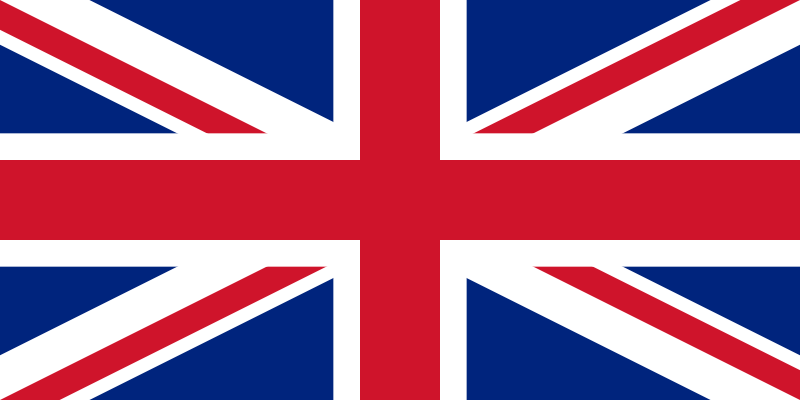
School of Astroparticle Physics
May
27th - June 1st, 2013
OHP, Saint Michel l'Observatoire
Gravitational
Waves

Searching for compact binary coalescence signals with ground-based GW detectors
Thomas DENT
Albert Einstein Institute (AEI)
|
Course
|
|
Abstract
Bibliography
|


